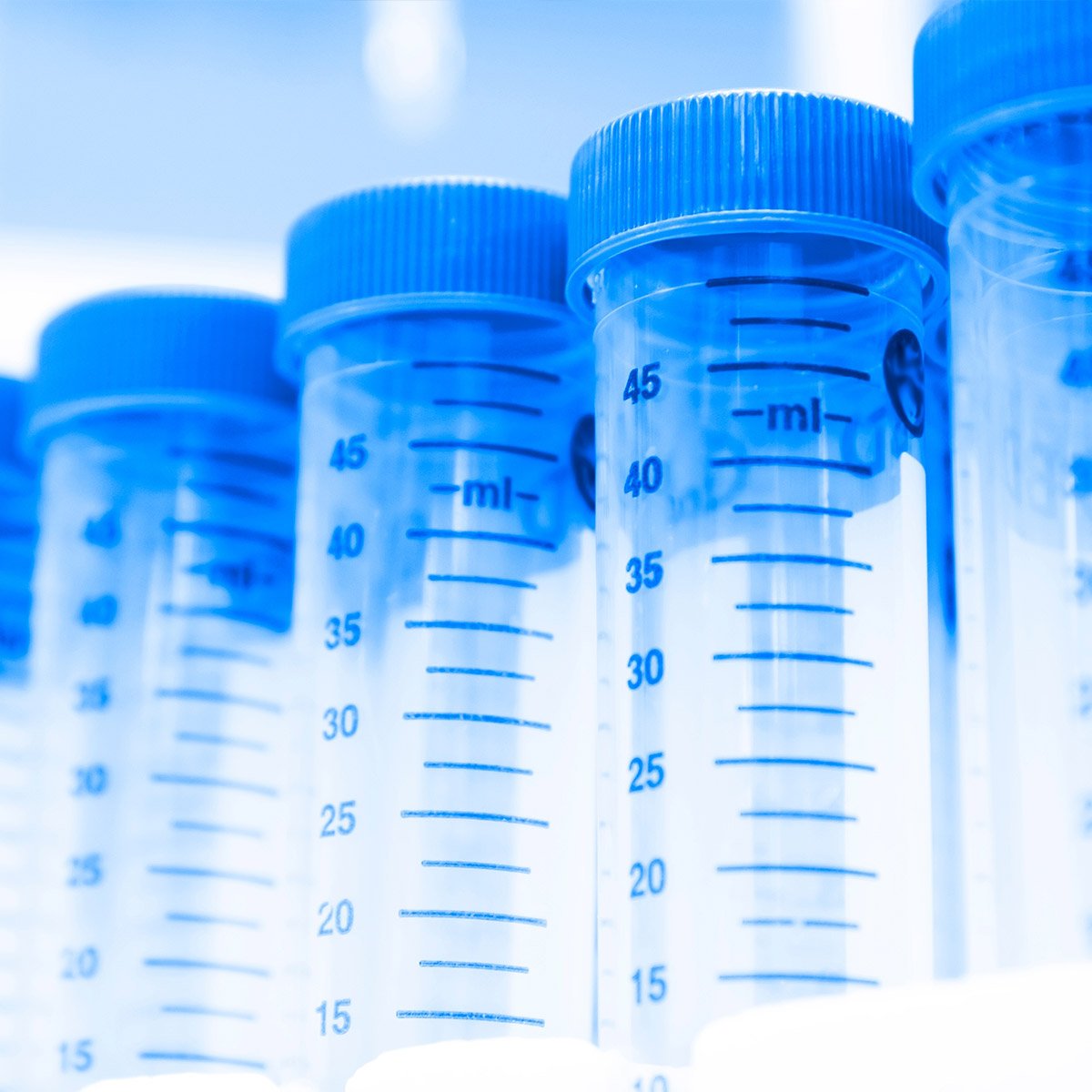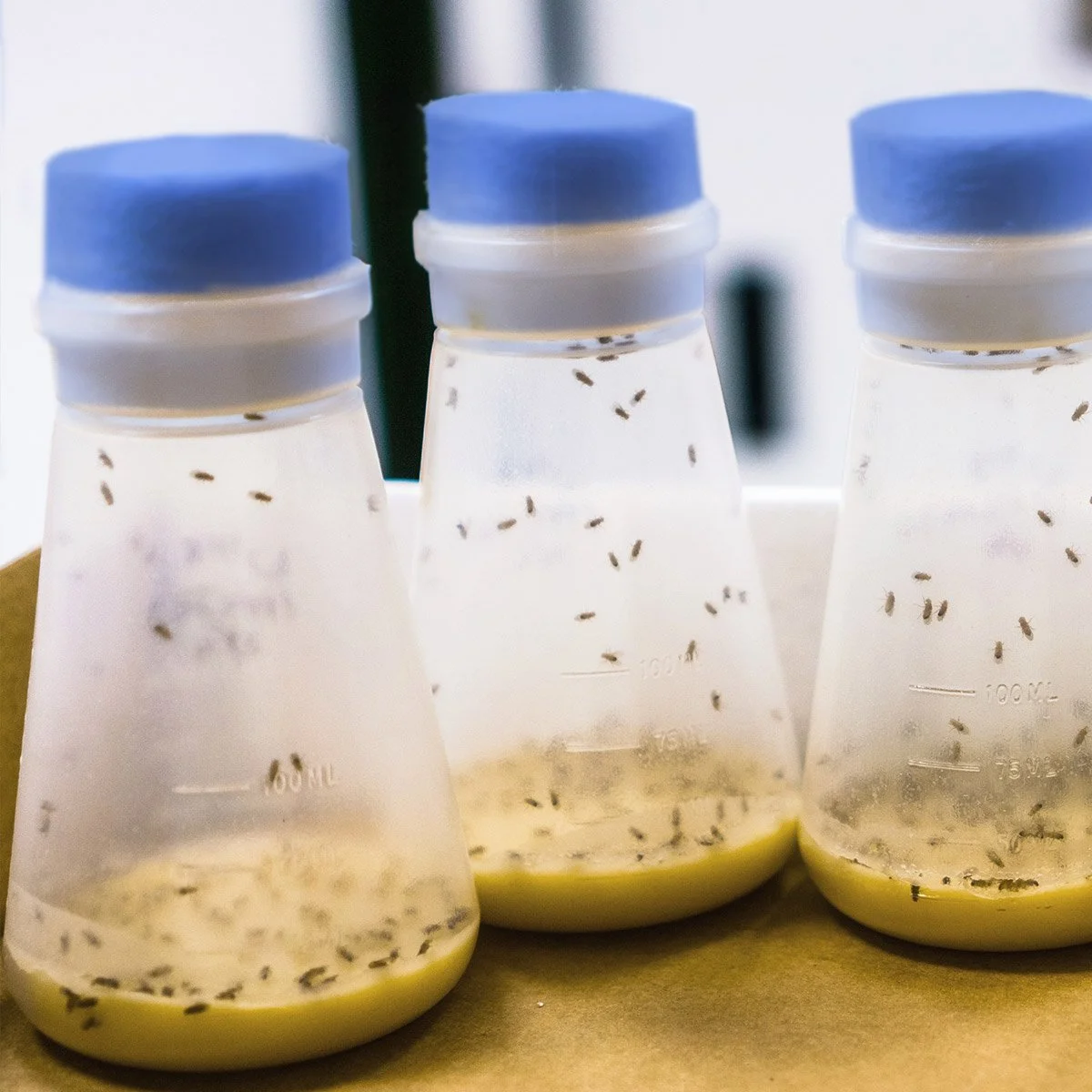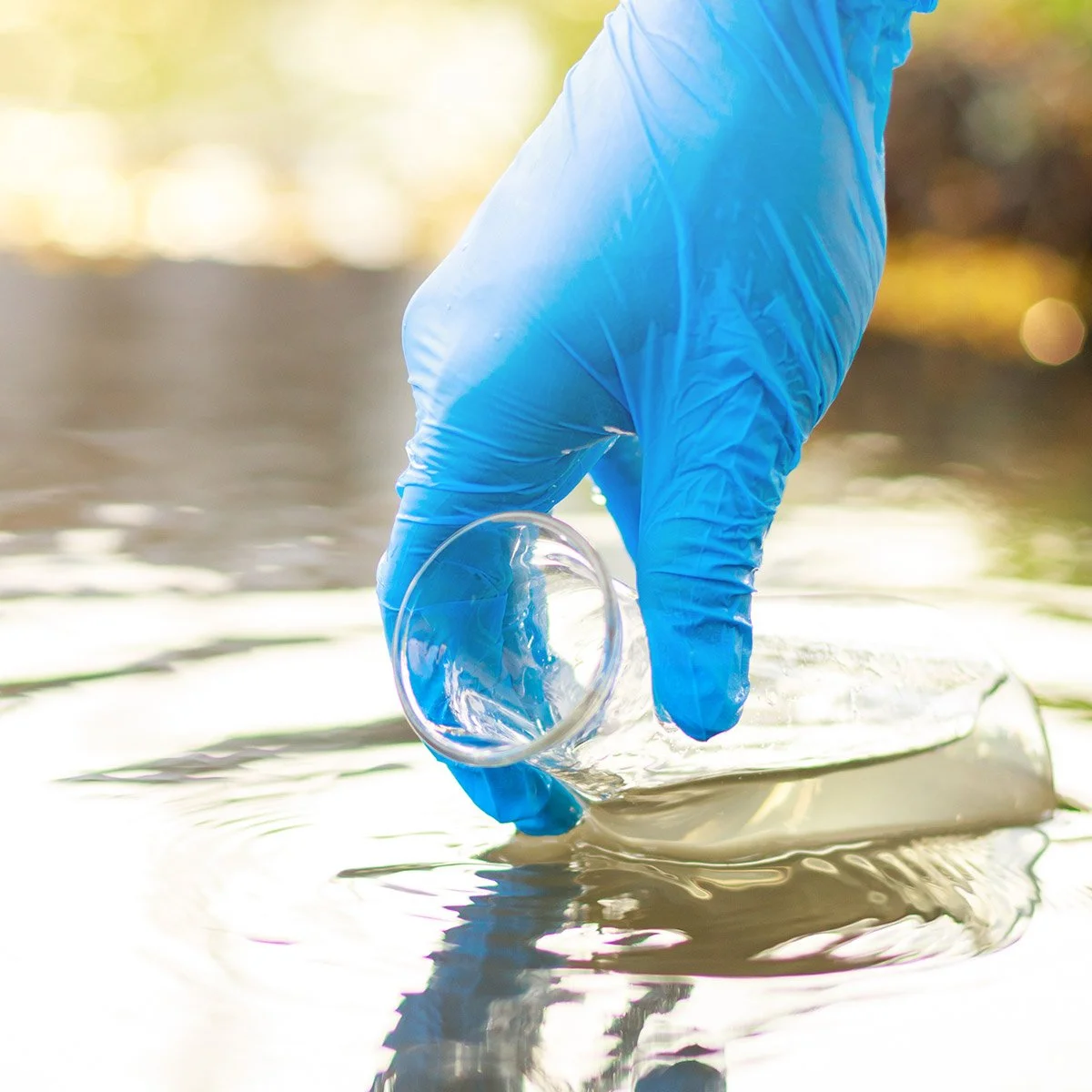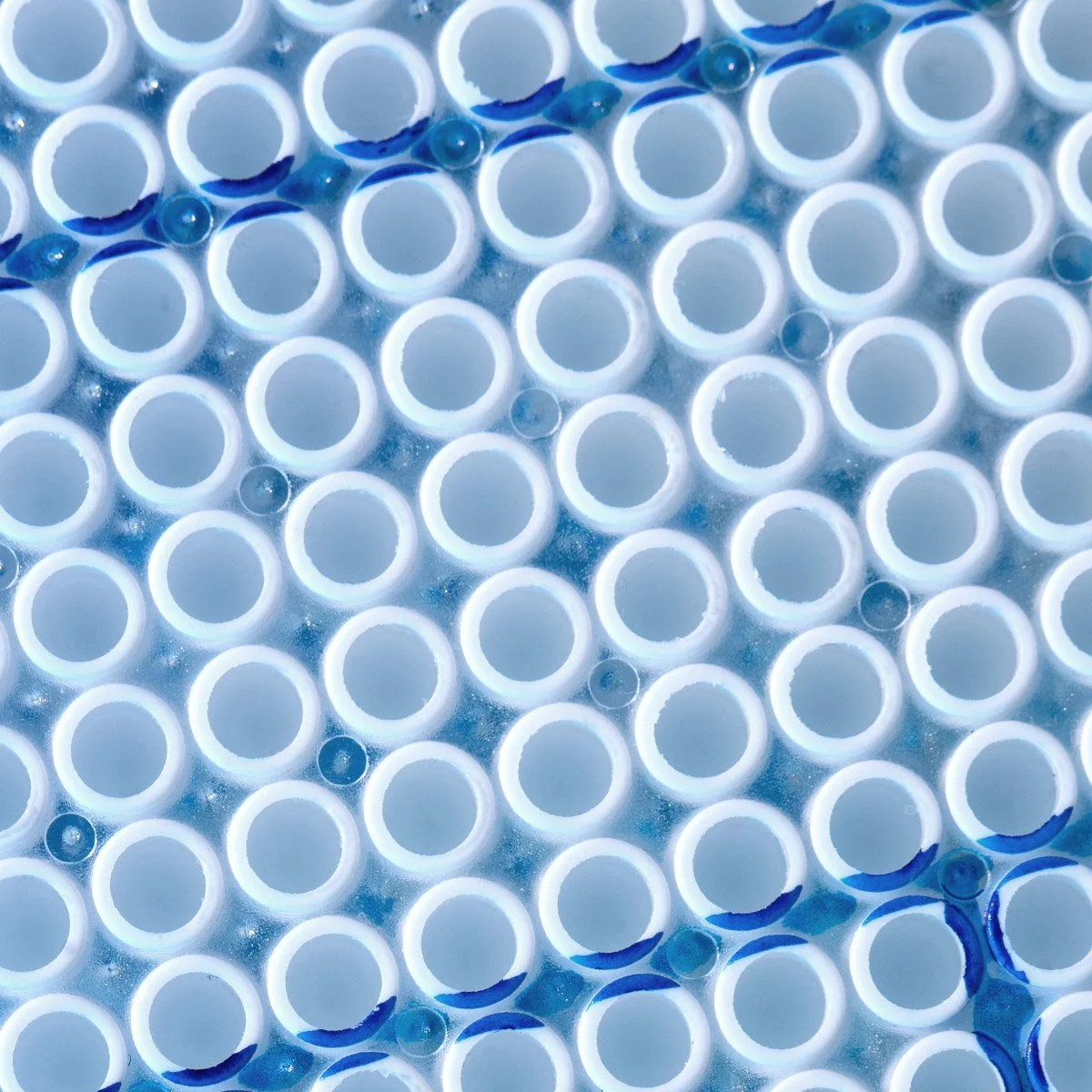This Thanksgiving holiday, Labconscious would like to thank the life scientists and sustainability professionals who have contributed their expertise and enthusiasm to our blog content over the past year. Their efforts have encouraged the ongoing, worldwide trend in greening laboratory work!

Mark Ortiz, Sr. Social Responsibility Program Manager at University of California San Diego on green lab fairs.
Christine Alencar, Green Labs Specialist at the University of Virginia
Dr. Kerstin Hermuth-Kleinschmidt, Sustainable Labs Consultant NIUB-Nachhaltigkeitsberatung
The entire iGEM Goes Green Team from the Dresden University of Technology (TU Dresden) Germany
Allison Paradise of My Green Lab
Tom Szaky, CEO of Terracycle.
Ali Safavi, CEO of Grenova
Kaitlyn Blake of BioSurplus
Devin Morrissey of Bershire’s Green Scope Initiative
We especially wish to thank New England Biolabs for supporting the mission of Labconscious to connect biologists to current trends and best practices for sustainable laboratory work.










